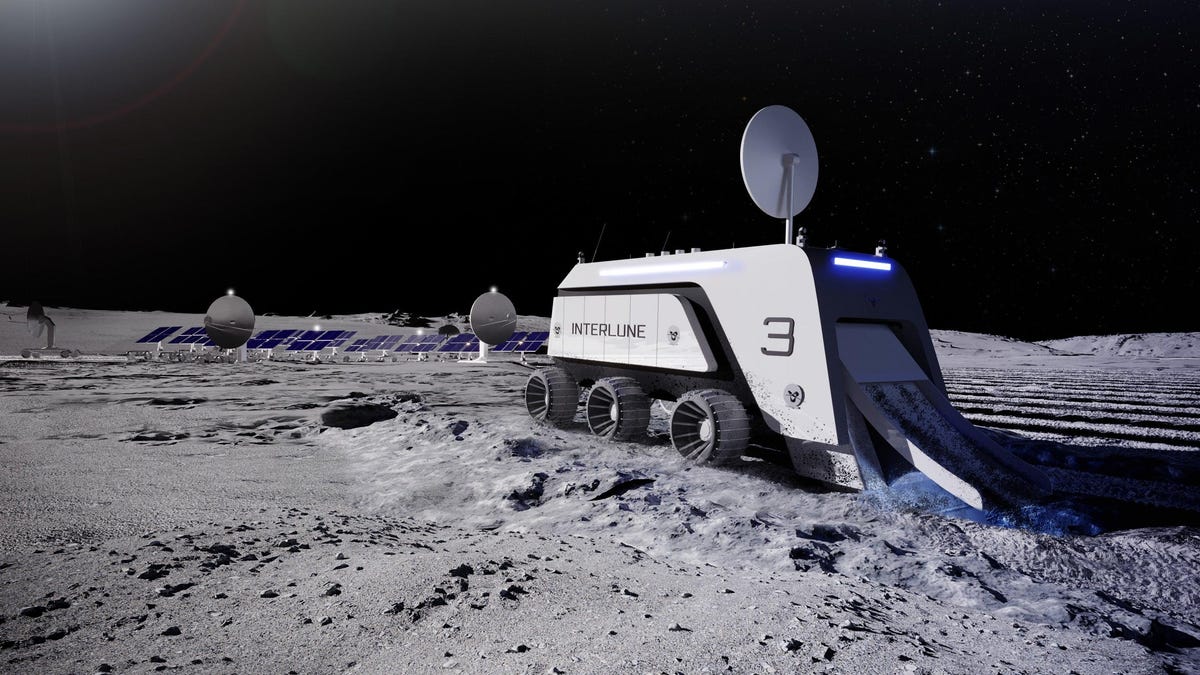Over billions of years, the Moon's surface has been bombarded by solar wind, which carries high-energy particles that include a highly sought-after resource, helium-3. Although the element is rare on Earth, it has recently become in demand by many industries, including Those working in quantum computing and nuclear fusion reactors.
Helium-3 has been deemed so valuable that one company is willing to go to the moon to get it. Seattle-based startup Interlune recently announced that it has raised $15 million in funding as part of its plan to harvest and sell natural resources from the moon. The company wants to initially focus on harvesting helium-3, which it can sell to government and commercial customers in the national security, quantum computing, medical imaging, and fusion energy industries. Interlune.
“There is growing demand for helium-3 across thriving and potentially mega-industries,” Alexis Ohanian, one of the lead investors in Interlon’s latest funding round, said in a statement. “We invested in Interlune because access to the abundant cache of Helium-3 and other precious natural resources on the Moon and beyond will unlock or accelerate technological advances currently hampered by a lack of supply.”
Interlune was founded in 2020 by former Blue Origin president Rob Meyerson and former chief architect Gary Lai, as well as Harrison Schmitt, the only living member of Apollo 17 — NASA's last manned mission to the moon. “For the first time in history, harvesting natural resources from the moon has become technologically and economically possible,” Merson said in a statement.
This is certainly possible, but the company still needs to develop a way to do it. The latest round of funding is a good start, but there is still a long way to go. Interlune is designing its first robotic lander, which will check helium-3 levels at the lunar site the company has chosen for its initial run.
Although still in its early stages, Interlune hopes to launch a new era for the lunar economy, becoming the first to harvest and sell natural resources extracted from the Moon. According to the Space Resources Exploration and Use ActWhich was issued in 2015, any resource obtained in space is the property of the entity that extracted it.
an idea Extract resources from the moon and other celestial bodies This idea has been floating around for some time, but very few companies have taken any substantive steps toward realizing it. NASA recently announced the same Plans to explore harvest sources from the Moon Within the next ten years to support Artemis' plans, hoping to establish large-scale mining of lunar debris by 2032 and extract resources such as water, iron and rare metals.
Space certainly has all the right things, but there is still a lot of groundwork to do before we can start selling cosmic resources. Since there are no regulations in place yet, there is also the added risk of a race to extract as much resources as possible, or change the composition of the Moon or other objects in space.
For more space travel in your life, follow us X (formerly Twitter) and custom bookmark Gizmodo Spaceflight page.

“Hipster-friendly explorer. Award-winning coffee fanatic. Analyst. Problem solver. Troublemaker.”




/cdn.vox-cdn.com/uploads/chorus_asset/file/25550621/voultar_snes2.jpg)


More Stories
This $60 Chip Fixes a Long-Standing Super Nintendo Glitch
Google’s New Nest Thermostat Features Improved UI and ‘Borderless’ Display
New York Times Short Crossword Puzzle Hints and Answers for Monday, July 29